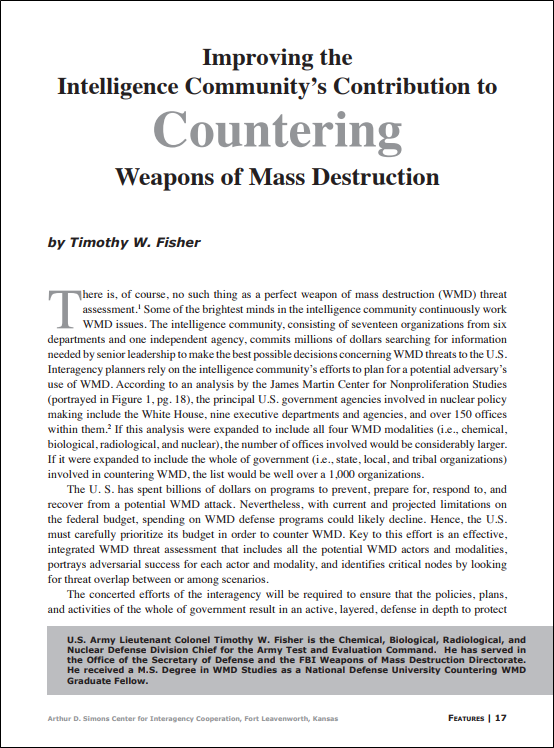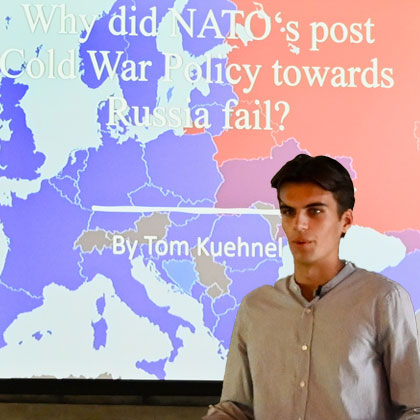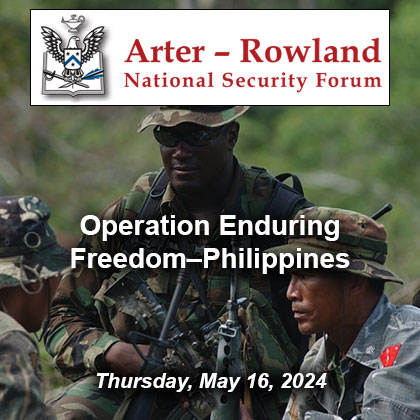Featured Article: Improving the Intelligence Community’s Contribution to CWMD
Featured article:
Improving the Intelligence Community’s Contribution to Countering Weapons of Mass Destruction
by Timothy W. Fisher
There is, of course, no such thing as a perfect weapon of mass destruction (WMD) threat assessment. Some of the brightest minds in the intelligence community continuously work WMD issues. The intelligence community, consisting of seventeen organizations from six departments and one independent agency, commits millions of dollars searching for information needed by senior leadership to make the best possible decisions concerning WMD threats to the U.S. Interagency planners rely on the intelligence community’s efforts to plan for a potential adversary’s use of WMD. According to an analysis by the James Martin Center for Nonproliferation Studies, the principal U.S. government agencies involved in nuclear policy making include the White House, nine executive departments and agencies, and over 150 offices within them. If this analysis were expanded to include all four WMD modalities (i.e., chemical, biological, radiological, and nuclear), the number of offices involved would be considerably larger. If it were expanded to include the whole of government (i.e., state, local, and tribal organizations) involved in countering WMD, the list would be well over a 1,000 organizations.
The U. S. has spent billions of dollars on programs to prevent, prepare for, respond to, and recover from a potential WMD attack. Nevertheless, with current and projected limitations on the federal budget, spending on WMD defense programs could likely decline. Hence, the U.S. must carefully prioritize its budget in order to counter WMD. Key to this effort is an effective, integrated WMD threat assessment that includes all the potential WMD actors and modalities, portrays adversarial success for each actor and modality, and identifies critical nodes by looking for threat overlap between or among scenarios…
Read the full article
Improving the Intelligence Community’s Contribution to Countering Weapons of Mass Destruction PDF
Download the complete edition
U.S. Army Lieutenant Colonel Timothy W. Fisher is the Chemical, Biological, Radiological, and Nuclear Defense Division Chief for the Army Test and Evaluation Command. He has served in the Office of the Secretary of Defense and the FBI Weapons of Mass Destruction Directorate. He received a M.S. Degree in WMD Studies as a National Defense University Countering WMD Graduate Fellow.

Posted: November 1, 2017 by Simons Center
READ THE LATEST UPDATES FROM THE SIMONS CENTER
"*" indicates required fields


